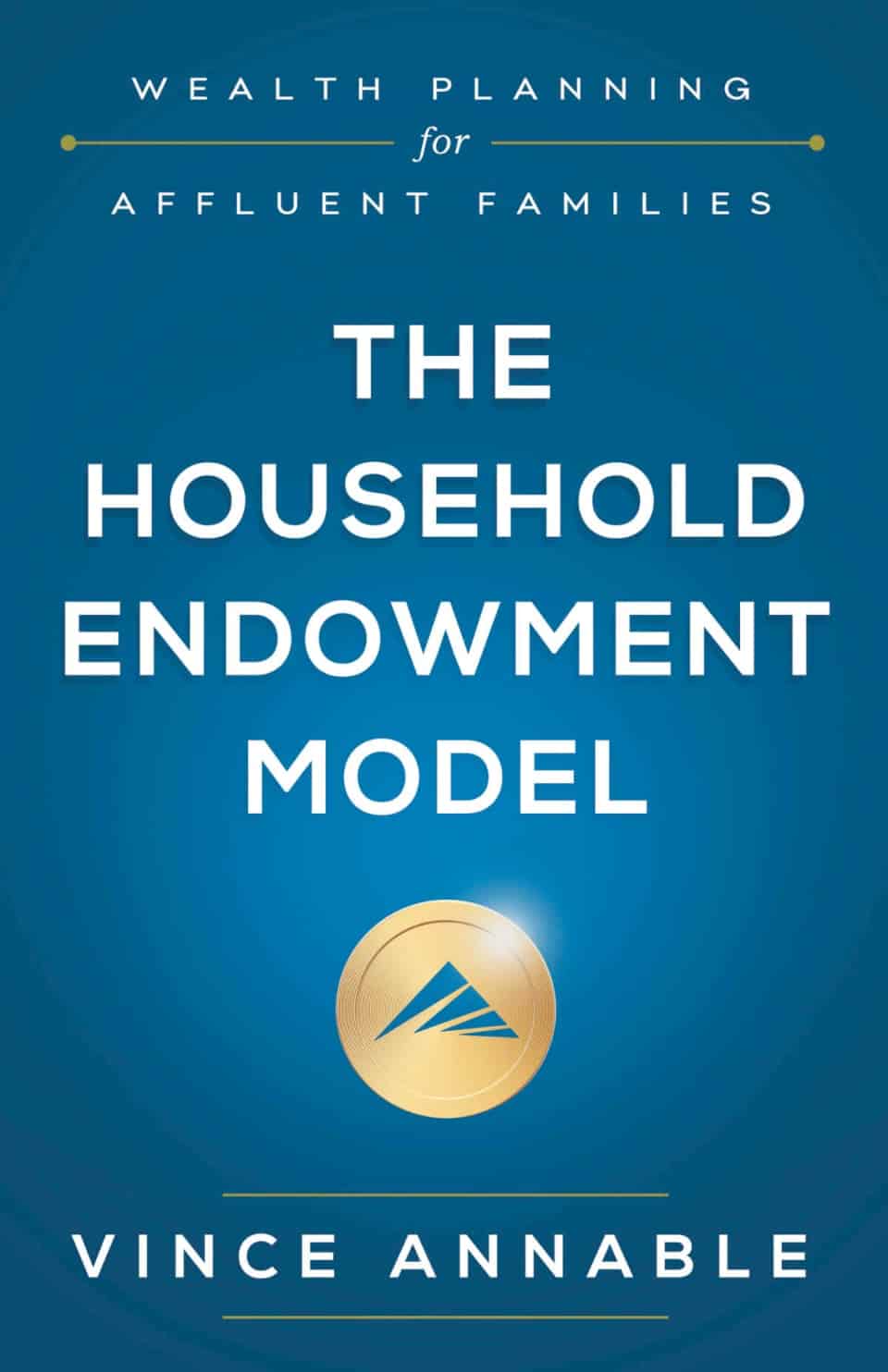Put a Dent in the Universe with Wise Charitable Giving

Steve Jobs once said, “We’re here to put a dent in the universe. Otherwise, why else even be here?” It’s an admirable sentiment, but as Jobs himself showed, there are many different ways to put a dent in the universe, and almost everyone does so in his or her own way.
If you have the means, one of the most effective and beneficial ways of creating your dent is charitable giving. In fact, an overwhelming majority of affluent individuals make charitable donations as a way of giving back. A BSW (Becoming Seriously Wealthy) Inner Circle poll asked 247 highly successful business owners why they wanted to be wealthier. Nearly three-quarters—71.3 percent—replied that they wanted to build additional wealth so they could give more meaningful support to charitable causes.
Individual, spontaneous donations to charity will always be gratefully accepted, but planned giving as part of an overall wealth-management strategy is a much more effective way to approach your donations. With wise planning, you will be able to create more worth—both for you and the causes you believe in and want to support.
The first step in planning is understanding what’s possible. If you want your dent to be as large as possible, read on to learn about the tools that will help you foster a better, more meaningful future.
Bequests
Bequests, which leave charitable gifts in your will, are the simplest and most common planned charitable gifts. One of the main advantages of this approach is simplicity: a bequest doesn’t require much administrative oversight or other involvement during your lifetime. The assets you bequeath remain available to you in the meantime. When you pass away, your estate will be able to take a tax deduction for the amount of the bequest.
A more innovative variation of a bequest is a charitable gift of life insurance. As a donor, you can designate the charity of your choice to be the owner and beneficiary of a life insurance policy. This enables you to make a significant gift while taking tax deductions for the life insurance premiums.
A charitable-gift annuity is another variation on this theme, but one in which the bequest is made during your lifetime rather than upon your death. You and your qualified charity enter into a contract in which you receive an annuity or guaranteed lifetime income in exchange for your gift. There are three possible tax advantages to this approach: a modest income-tax deduction for the value of the gift, a reduction of capital gains tax if the gift consists of appreciated assets, and an estate-tax abatement.
Foundations
Bequests are relatively straightforward. Charitable foundations and their cousins often involve creation of a legal charter and ongoing administration. However, such organizations give those who wish to give larger, ongoing charitable gifts the means to do so. Foundations and similar organizations can be lumped into two general categories: foundations or trusts involving a single affluent individual or family, and funds involving a number of individuals.
A private charitable foundation is a nonprofit organization that receives most of its contributions from a single affluent individual or family. It is established as a vehicle for distributing assets to a variety of charitable organizations and ventures, which the donor designates, and which may change over time. A minimum percentage of the foundation’s assets must be distributed to legitimate charities each year. While this amount changes, currently the figure is about 5 percent. The remainder of the foundation’s assets are usually invested, with the returns being retained by the foundation for its charitable work.
Trusts
Another option is a charitable trust, which is similar to a charitable foundation in that it is generally established by a single affluent individual or family. However, as the name implies, the donations or assets involved are placed in a time-limited trust. There are two types of charitable trust that are structured in opposite but complementary ways: a charitable remainder trust and a charitable lead trust.
A charitable remainder trust delays the donation’s benefit to charity. Income from the trust is reserved either for the donor or someone else the donor names, either for life or a specified number of years. At that point, the trust is dissolved, and its assets are distributed to the chosen charities.
A charitable lead trust works more or less the other way around. You, as donor, transfer assets to the trust for life or a specified number of years, and the trust’s income is paid to your charity of choice. Once the trust expires, the assets are returned to you, your estate, or your heirs.
Funds
Funds are entities that facilitate charitable contributions from a number of affluent individuals or families rather than a single donor. There are two different kinds of funds: the donor-advised fund and the pooled-income fund.
You can think of a donor-advised fund (DAF) as a charity that invests in pooled investment vehicles similar to mutual funds. You donate to the DAF, which is a nonprofit, and earn an income-tax deduction for the entire amount given. Later, whenever and at whatever pace you choose, you can decide which charities you want your donation to benefit, as well as how much of your original donation you want to give each charity. The DAF then sends a check to the charity or charities you’ve designated.
Pooled-income funds are another form of charitable mutual fund. The major difference between a pooled-income fund and a DAF is that the pooled fund pools donations from a number of donors for the benefit of a single, predetermined charity. As with most charitable vehicles, individual donations to the fund can be deducted from income taxes, and gifts of appreciated assets can be used to reduce capital gains taxes.
Planning and Purpose
As you can see, there are any number of options for planned charitable giving. The number of moving parts and multiple goals involved can easily become confusing. What charities would you find it most meaningful to support? What other wealth-management strategies, such as tax and estate planning, can best be served by a well-thought-through charitable-giving plan? As always, deciding which of these options is best for you and your family is done most effectively with the assistance of competent professionals.
The tax code incorporates numerous provisions specifically designed to encourage planned charitable giving. In general, planned gifts provide not only income-tax deductions but estate-planning and capital gains-tax benefits. Remember, however, that charity should take first place among these calculations. If your only concern is tax mitigation, other strategies will probably produce better results.
However, if you genuinely care about supporting the charities and causes close to your heart, you should seriously consider planned giving as part of your overall wealth-management strategy. It’s an effective way to do something worthwhile for others while also helping yourself.
One reason you work so hard in the first place is because you want to make a dent in the universe. These tools, along with proper planning, will help you do well by helping you do good.
Written by Vince Annable. The following is adapted from The Household Endowment Model. For more advice on charitable giving, you can find The Household Endowment Model: Wealth Planning for Affluent Families on Amazon. Don’t miss:
Most Forested Countries In The World.
Fashion: The World’s Most Fashionable Countries.
Best Football Cities In The World.
Asia’s Wealthiest Business Dynasties: The 20 Richest Families In Asia.
Bring the best of the CEOWORLD magazine's global journalism to audiences in the United States and around the world. - Add CEOWORLD magazine to your Google News feed.
Follow CEOWORLD magazine headlines on: Google News, LinkedIn, Twitter, and Facebook.
Copyright 2025 The CEOWORLD magazine. All rights reserved. This material (and any extract from it) must not be copied, redistributed or placed on any website, without CEOWORLD magazine' prior written consent. For media queries, please contact: info@ceoworld.biz









